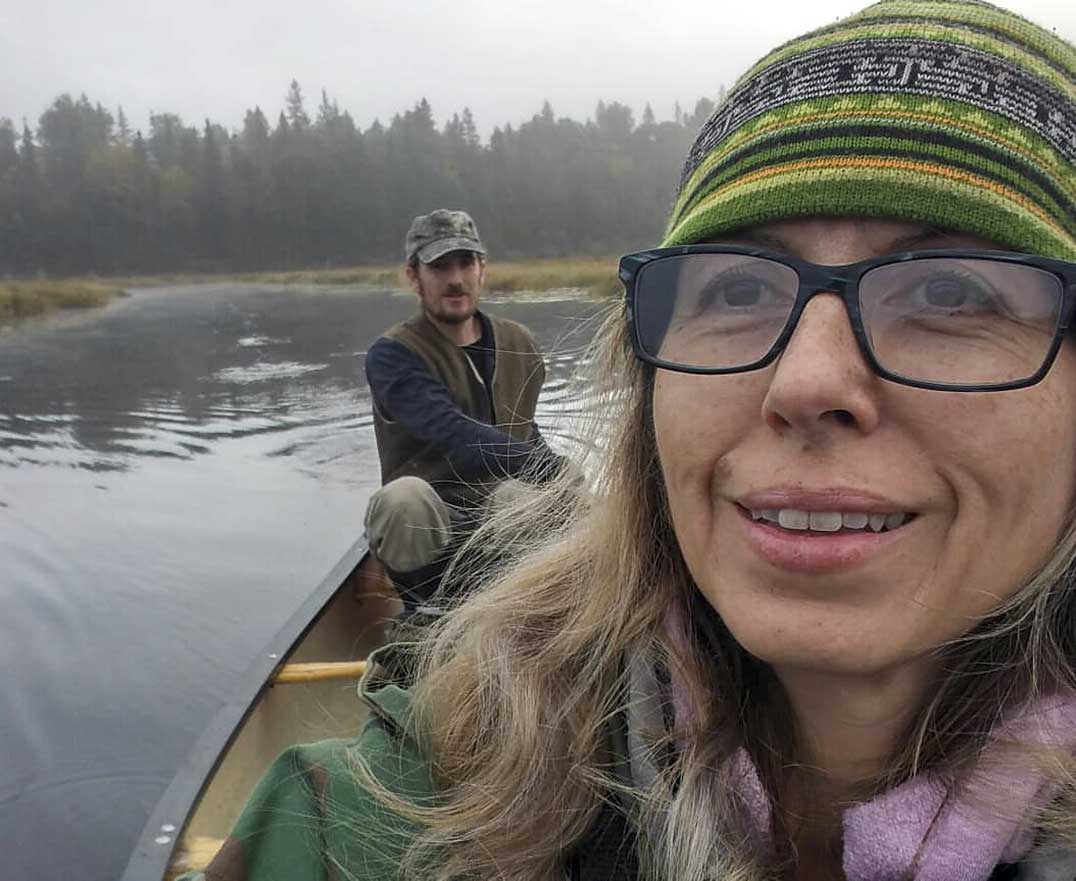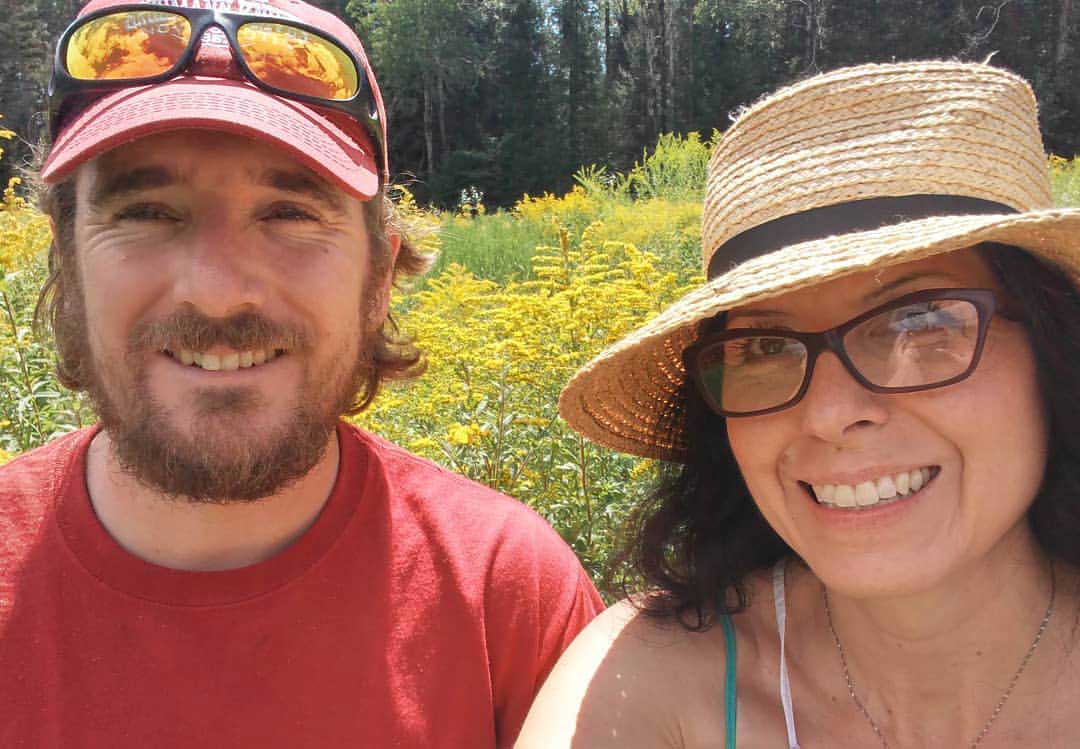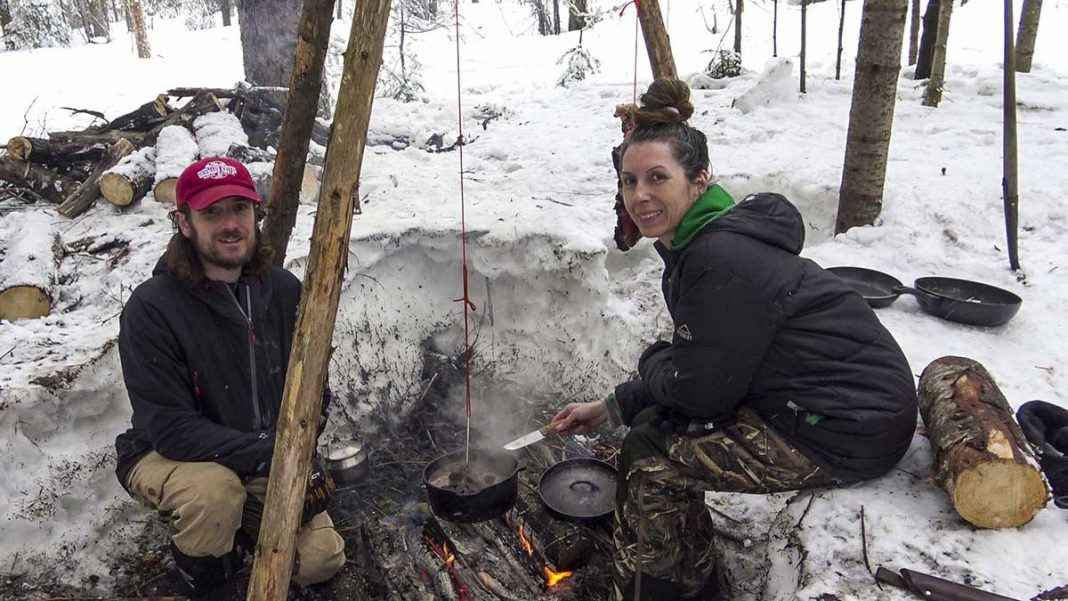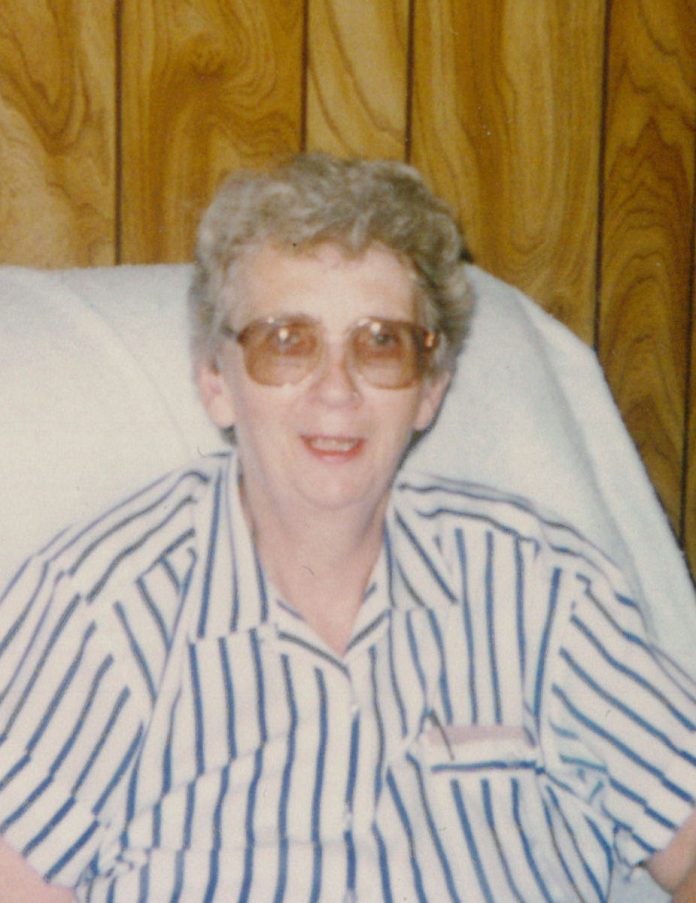NORTH BAY – “Every meal’s a memory.” A simple, stand-out phrase that seemed to perfectly summarize 365 days of harvesting and preparing wild foods.
It has now been a full month since Delphanie Colyer and Jeremy St. Onge successfully completed their Big Wild Year challenge, a full year of only consuming wild foods that naturally occur in their surrounding environment, and the two have been reflecting on their accomplishments as they transition back into more flexible diets.
The above remark, which neatly tied together the act of harvesting and the act of eating, came from Ms. Colyer closer to the start of the challenge.
“(We were) eating something that we had collected at a special place, and I said that about the meal. Jer looked at me and we shared a long, thoughtful silence about how meaningful the year would be in that regard,” said Ms. Colyer.
Mr. St. Onge said certain foods created a stronger nostalgia than others.
“Even in the coldest days of winter, pulling frozen blueberries out of the freezer can very strongly remind me of that feeling of heat, sweat and sunshine, the smell of dried moss and the sensation of blueberries sliding through my fingers and plopping into the picking basket,” he said.
They both cherished memories of warm April mornings at the sugar bush. Eating a venison meal conjured memories for Mr. St. Onge of buying a rifle, refining his aim and stalking a buck for hours. Even the feel of soil under his fingernails could be brought back through food.
Mr. St. Onge enjoyed the extra time he got to spend hunting, fishing and gathering compared to an average year. Ms. Colyer said making regular video updates for Mr. St. Onge’s YouTube channel, One Wildcrafter, was something that allowed them to see how much they had accomplished—the harvesting was so intensive all year that the two were deeply living ‘in the moment’ for much of the time.
“Because of the speed of moving into the next collection or hunting season, sometimes looking back at those videos or pictures was shocking in how much we may have forgotten as we had to be so into the next chapter of the year,” she said.
Mr. St. Onge attributed much of their success to the copious time they spent collecting, preserving and preparing food, on top of an existing knowledge base.
“It really does take a community, as well. You should have good resources … and good contacts to help you verify your species, collaborate with you and share with you in your times of need,” he said.

Ms. Colyer said the stockpiling from the months leading up to the challenge was crucial—their predictions for the amount of food required were fairly accurate.
Adapting food selections to one’s own body is also important, so testing well in advance of such a challenge is invaluable.
“Be wise and listen to your body. If it isn’t for you, be aware. One should know that it is a time-consuming task and that there isn’t much time for other pursuits (such as family or work),” said Ms. Colyer.
She said she gained a much stronger appreciation for the skills Mr. St. Onge brought to the challenge when she tried them out for herself. But even after a year, she said she felt she had improved many of her own skills as well as her knowledge of wild foods in the area.
When asked whether they would undertake a similar challenge once again, both heartily said yes.
Mr. St. Onge agreed because of the health benefits, the even better results that would come through the experience they had already gleaned, as well as the opportunity to have a greater academic focus on the project.
“I would be more careful about targeting certain species when they are at their peak abundance, and make sure I didn’t miss some of the staple foods, especially wild root crops,” he said, and agreed with Ms. Colyer that forming an inter-reliable network of wild-food eaters would be a major asset.
Ms. Colyer agreed that specific food targeting, after learning their preferences, would be a good addition.
“We would have planned a trip for nuts and also had the equipment to process them in a timely fashion. But all the other foods we collected, I’d keep the same,” she said. “I would love for this to be turned into something larger so that more nutritional information and biological data could be secured.”
The Big Wild Year was confidence-boosting for Ms. Colyer, who said there were many wonderful memories to savour.

“For me, it was buying my shotgun and rifle and getting out to learn and experience my first hunting season. Also, feeling confident in the time I had put into the previous two years learning about plants in order to go out and secure food,” she said.
In addition to personal confidence, Mr. St. Onge said he gained an understanding of the living conditions of centuries ago.
“My appreciation for the abundance that is available in the wild will always be with me, as will the knowledge of the importance of protecting wild and semi-wild spaces, and of reducing all of our negative impacts on the environment.
Ms. Colyer, who has roots in Wiikwemkoong, said learning about the alternatives to current destructive ways of food production, as well as how the body responds to various foods, was fascinating.
“To appreciate that food is around us and to explore it, especially in the face of so much food insecurity, (any) amount of wild food collecting and eating is beneficial and I would wholeheartedly recommend it,” she said.
“The things that will stay with me are all the good memories of collecting and harvesting food,” said Ms. Colyer. “I will continue to involve the kids in these pursuits especially because they saw and appreciated the excitement and work involved.”
Although the challenge is over, the legacy of the Big Wild Year is far from finished. It will remain a presence in the lives of Mr. St. Onge and Ms. Colyer, as well as the many fans who cheered them on through the year.
A handful of posts made throughout January show the innovative ways the two have been fusing wild foods with their more conventional diets. Ms. Colyer recently made a venison stew with a mix of wild foods like leeks and mushrooms, but also pantry staples such as carrots and potatoes. For dessert? ‘Big Wild Year’ cookies, so named because they came right from the challenge.
“The year continues with a new group formed out of the Big Wild Year Facebook page, and the writing of books and speaking to folks, and feeling utterly appreciated for doing something we really wanted to explore,” said Ms. Colyer.
Visit Facebook.com/BigWildYear to look through memories of a year-long challenge and see a link to the new group for sharing wild food knowledge. The Expositor extends a hearty thanks to Ms. Colyer and Mr. St. Onge for sharing their challenge so openly with the readers, and wishes them well in their future adventures.




